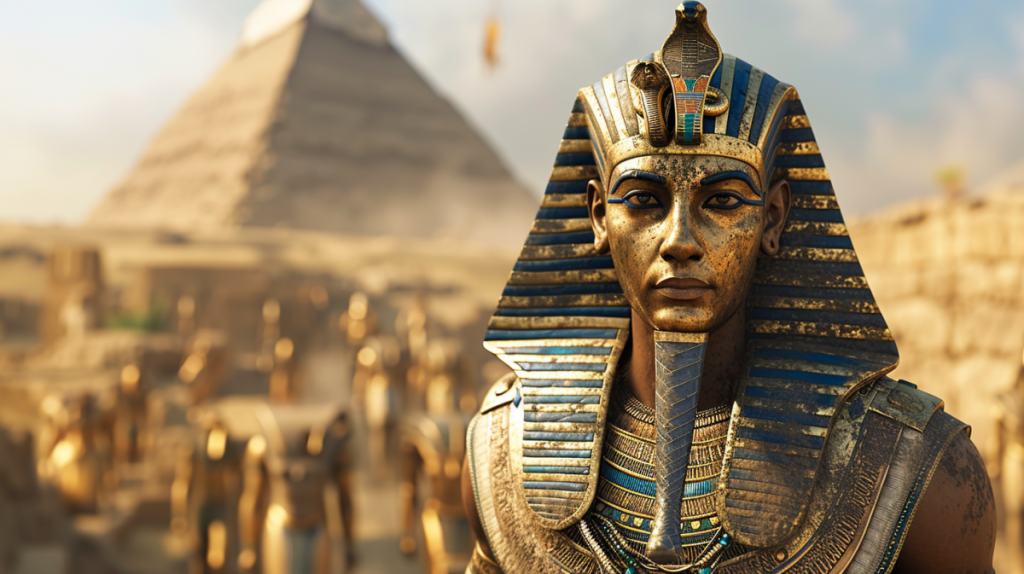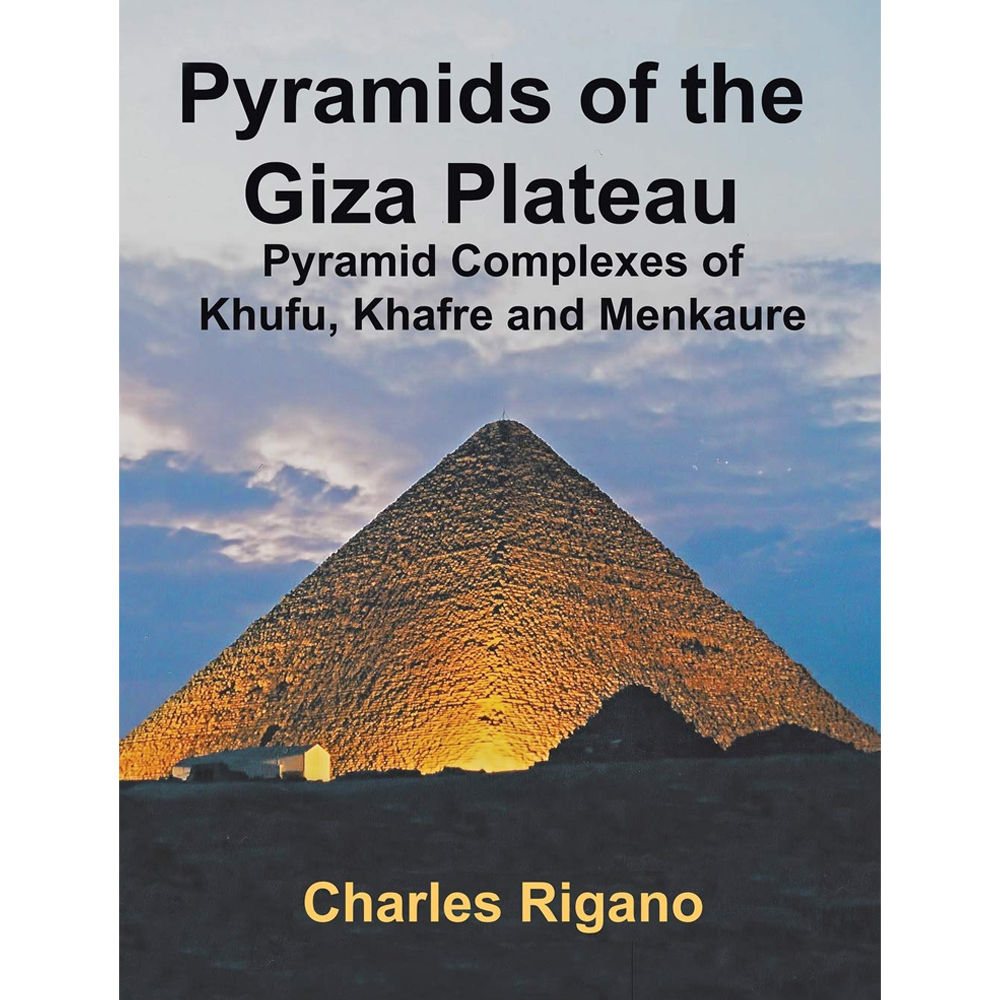Pharaoh Khufu, also known as Cheops, reigned during Egypt’s Fourth Dynasty in the Old Kingdom, around 2589-2566 BC. Renowned for commissioning the Great Pyramid of Giza, one of the Seven Wonders of the Ancient World, Khufu’s reign marked a pinnacle of Egyptian architectural and cultural achievement. Despite his monumental legacy, details about his life remain shrouded in mystery, fueling ongoing archaeological and scholarly interest. This blog post delves into Khufu’s history, exploring his reign, achievements, and the enduring enigma of his life and the Great Pyramid.
When we delve into the enigmatic world of ancient Egyptian civilisation, few names resonate as profoundly as Pharaoh Khufu, also known by his Greek name, Cheops. Reigning in the Fourth Dynasty during the Old Kingdom, around 2589-2566 BC, Khufu’s legacy is primarily encapsulated in the Great Pyramid of Giza, a structure that has stood as a testament to human ingenuity and ambition for millennia. In this exploration, we aim to unravel the layers of history, achievements, and enduring mysteries surrounding this legendary ruler.
Table of Contents
Khufu’s Royal Lineage and Ascension to the Throne
Pharaoh Khufu was born into royalty, the son of Queen Hetepheres and King Sneferu. His parentage secured his place in a line of succession that would see him ascend to the throne of one of the most powerful civilizations of the ancient world. Khufu’s reign marked the zenith of the Fourth Dynasty, a period characterized by significant advancements in architecture and cultural development.

The Great Pyramid of Giza: A Monumental Achievement
The crowning glory of Khufu’s reign was undoubtedly the construction of the Great Pyramid of Giza. As the largest of the three pyramids in the Giza pyramid complex, it stands as a marvel of ancient engineering. The pyramid, originally standing at a height of 481 feet, was constructed using an estimated 2.3 million stone blocks, each weighing several tons. It’s a symbol of Khufu’s power and a physical manifestation of his aspirations for immortality.

Architectural Innovations and Construction Techniques
The building of the Great Pyramid showcased remarkable advancements in construction techniques. The precision in aligning the pyramid’s sides and the intricacy of its internal chambers and passageways demonstrate a sophisticated understanding of geometry and astronomy. Khufu’s architects and builders mastered the art of quarrying, transporting, and assembling massive limestone blocks, setting a standard for future generations.
Khufu’s Role in Ancient Egyptian Society
Khufu’s reign wasn’t just about monumental constructions; it was also a period of social and political consolidation. As a pharaoh, he was seen as a divine figure, a representative of the gods on Earth. His rule was marked by efforts to centralize power and strengthen the administrative structures of the kingdom.
Military and Economic Exploits
Under Khufu’s leadership, Egypt enjoyed a period of relative stability and prosperity. His military campaigns were primarily defensive, aimed at safeguarding Egypt’s borders. Economically, Khufu’s reign was marked by increased trade and resource acquisition. Expeditions to the Sinai Peninsula brought valuable resources like copper and turquoise, vital for craftsmanship and trade.
Religious and Cultural Contributions
Khufu also played a significant role in the religious life of ancient Egypt. He commissioned the construction of temples and religious monuments, reinforcing the pharaoh’s divine status. His patronage extended to the arts, fostering a cultural environment where artists and craftsmen could thrive and express the religious and societal values of the time.
Controversies and Modern Perceptions
Despite his achievements, Khufu’s image in modern and ancient narratives is not without controversy. Ancient texts and later Greek accounts often depict him as a tyrannical ruler. The myth of slaves building the pyramids, particularly the Great Pyramid, has been widely debunked by modern archaeology, suggesting a workforce of skilled labourers who were well-compensated for their efforts.
Khufu’s Legacy and Influence on Future Generations
The legacy of Pharaoh Khufu extends far beyond his architectural achievements. His reign set precedents in administration, cultural development, and religious practices that influenced subsequent pharaohs and dynasties. The Great Pyramid itself continued to inspire awe and wonder, contributing significantly to our understanding of ancient Egyptian civilisation.
Conclusion: The Enduring Enigma of Pharaoh Khufu
As we look back at the life and reign of Pharaoh Khufu, we are confronted with a figure shrouded in mystery yet undeniably influential. His contributions to the architectural, cultural, and political landscape of ancient Egypt have left an indelible mark on history. While the Great Pyramid of Giza stands as a tangible reminder of his reign, the full story of Khufu’s life, his personality, and his rule remains an enduring enigma, a puzzle pieced together from the sands of time and the relics of an ancient world.

The most remarkable piece of ground in the World” W. M. Flinders Petrie 1883 The Pyramid Complexes of Khufu, Khafre, and Menkaure have stood on the Giza Plateau for 4,600 years.




